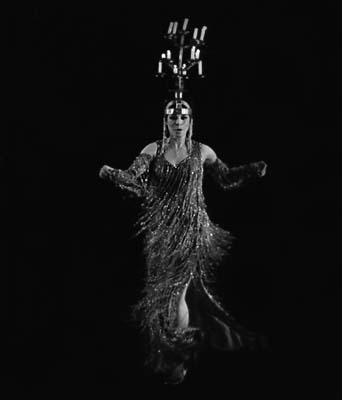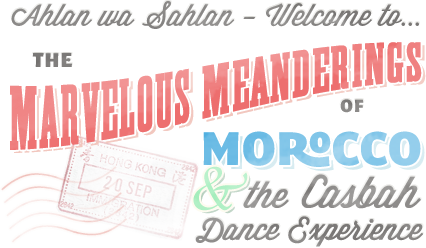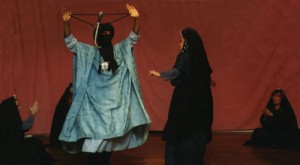
Before these too “conservative” times, it was a traditional dance, performed mostly at Egyptian weddings where the artist leads the bridal processional (zeffa) with a flaming candelabrum on her head to light the way of the happy couple, as they embark on their new lives together.
It startedin the late 1800s, when, during a zeffa a hired performer named Zouba danced balancing a klop, or very large oil lamp, on her head. Several performers were hired to precede the bride and groom in that zeffa and Zouba wanted to stand out. It was so successful, it became her name: Zouba el Kloptiyya (Zouba, the lantern lady).
Long, decorated candles and lanterns were normally held in the hands of relatives and friends, who walked in the procession – to “light the way” for the happy couple, even moreso when zeffat/ processions occurred during the night, so Zouba put that lit klop on her head and danced with it. The guests loved it.
Before Zouba did it, there was no such thing as a Raks al Klop or Raks al Shemadan. There are no sketches, etchings, paintings, miniatures, photos or written descriptions of anything similar, “Turkish” or otherwise, prior to the mid 1890s. Raks al Seneyya or Danse du Plateau, danced only in Morocco, was not what inspired Zouba to balance her klop, since there were no known Moroccan performers in Egypt during her time.
Shortly thereafter Shafika el Koptiyya started using a shemadan or candelabrum, instead of an oil lamp with only one wick, which was then also imitated. There is a photo on a souvenir postcard from 1901 with several Ghawazi balancing lit candelabra on their heads. Then special shemadans were made for dancing, followed by costumes made specifically for Raks al Shemadan.
Dances with klop (lantern), shemadan (candelabrum) and seniyya (tea tray) are show-off dances: the impact has to do with “will s/he or won’t s/he drop it” and the total fascination and fear that anything on fire provides. They are traditional, not folk because they were specifically made up by professional performers for flashy entertainment purposes and proved so popular that they continued through several generations.
Yes, that is me – in another Mme Abla, 1986 at the Riverside Church Dance Festival.

